- Cart 0
- English
THP-1 Cell Culture Guide
January 06, 2025
Clicks:1804
Recently, many colleagues have been consulting about various challenges in THP-1 cell culture, with the most common question being about adhesion issues. Based on experience and information research, today I am providing a culture guide to help everyone.
Table 1 Basic Information of THP-1 (Human Monocytic Leukemia Cells)
|
Morphology |
Lymphocyte-like |
|
Growth Characteristics |
Suspension |
|
Nutrient System |
89% RPMI1640 Basal Medium (abs9484) + 10% Fetal Bovine Serum (abs972) + 1% Double Antibiotics (abs9244) + 0.1% mM 2-Mercaptoethanol (abs9592) |
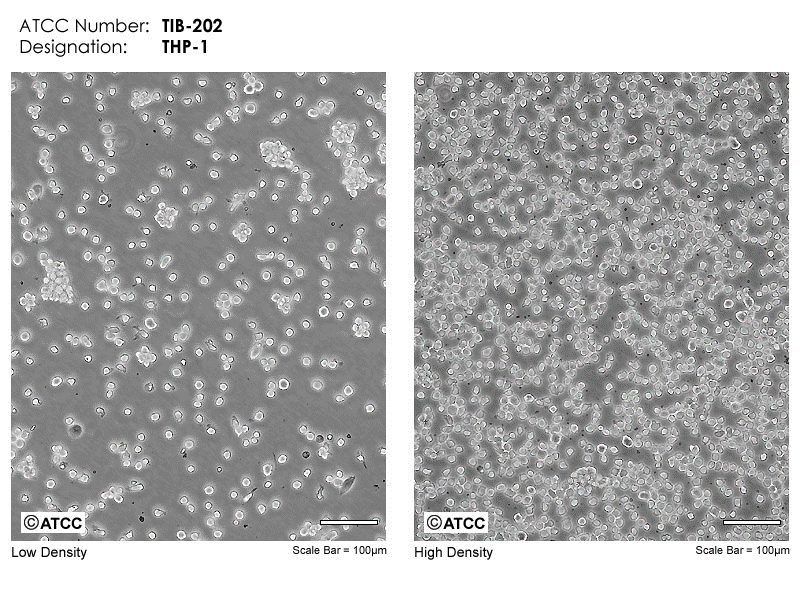
Figure 2 THP-1 (Human Monocytic Leukemia Cells)
THP-1 mononuclear cells typically exhibit a suspension morphology with small, transparent, round cells, and a few form grape-like clusters, with plump granules and clear contours (as shown in Figure 3). These cells grow faster in an acidic environment. Therefore, when the culture medium slightly turns yellow (orange-red), it is suitable for cell growth. At this point, it is sufficient to replenish the medium or perform a partial medium exchange. The pH of the 1640 medium will become higher if left open for a long time, so it is recommended to use it up within one week after opening. The cells have high serum requirements, and variations in serum quality may cause changes in cell status, so it is recommended to use high-quality fetal bovine serum.
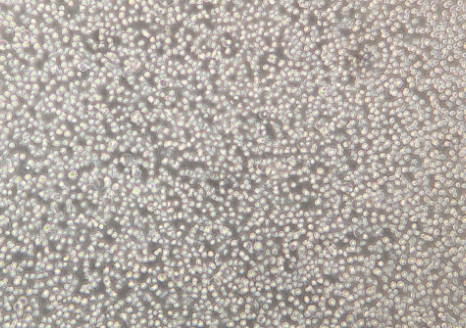
Figure 3 Well-maintained THP-1 (Human Monocytic Leukemia Cells)
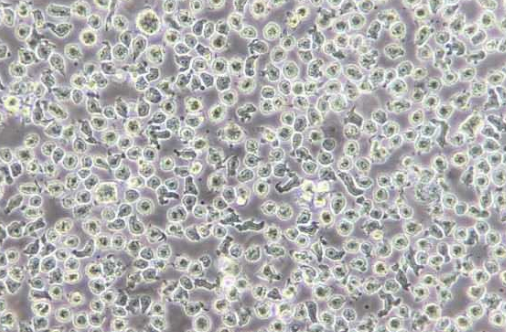
Figure 4 THP-1 (Human Monocytic Leukemia Cells) with partial adhesion
Next, let's discuss the aggregation issue of THP-1 cells (as shown in Figure 5). When THP-1 cells are at a low density, the presence of a few cell aggregates is a normal phenomenon, and it is not recommended to disperse the aggregated cells. When the cell density is high, the cells will naturally disperse. When the cell density is high and the proportion of aggregated cells exceeds 30%, and the cell aggregates appear to be in a state of decay with unclear boundaries between cells and a sense of lysed cell membranes, this indicates an abnormal aggregation. If no experimental treatments have been performed on the cells, it is advisable to first check the nutrient system, such as changing the brand of serum or increasing the serum ratio (not exceeding 20%), which can help resolve the aggregation issue.
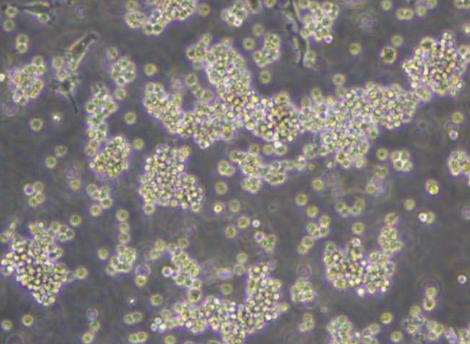
Figure 5 Severely aggregated THP-1 (Human Monocytic Leukemia Cells)
Last, let's discuss what to do if THP-1 cells do not revive well (as shown in Figure 6). This cell line is dependent on the freezing density, with a recommended freezing density of 5*10^6-10^7 cells/mL; similarly, there is a dependency on the revival density, which should not be lower than 3*10^6 cells/mL. When the cells have been passaged several times and are in good condition, it is advisable to maintain the passage density between 5*10^5 and 10^6 cells/mL. If the density exceeds 2*10^6 cells/mL, passage is required. If there are cell debris, they can be removed by low-speed centrifugation after the cell density has increased.
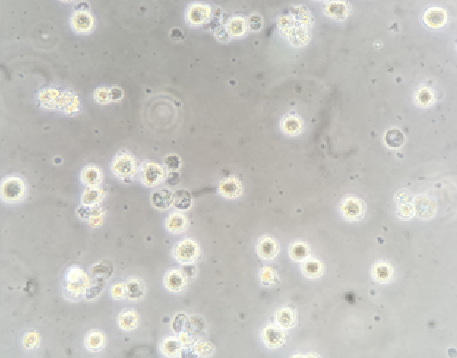
Figure 6 THP-1 (Human Monocytic Leukemia Cells) with poor revival status
This concludes our discussion for this session. If you have any cell culture issues, you are welcome to join our WeChat group for further communication.
Note: The images are sourced from the internet and customers for reference and learning purposes only.
Absin provides antibodies, proteins, ELISA kits, cell culture, detection kits, and other research reagents. If you have any product needs, please contact us.
|
Absin Bioscience Inc. |
 Follow us on Facebook: Absin Bio Follow us on Facebook: Absin Bio |
